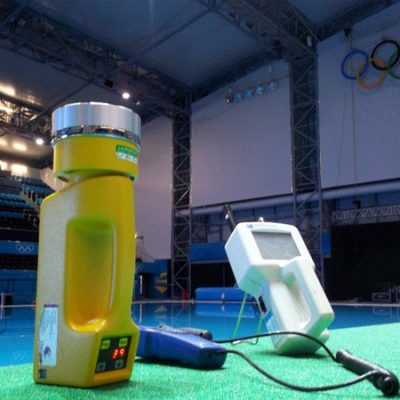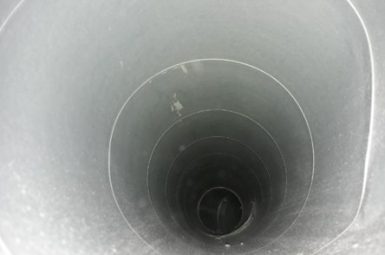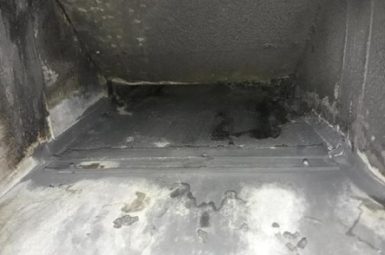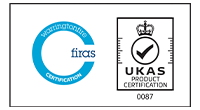Ventilation Hygiene & Indoor Air Quality Assessments
Is Your Indoor Air Quality Assessment up to date?
Indoor air quality is an important part of our daily lives, as we spend a significant portion of our time indoors. Poor air quality can lead to health problems, discomfort, and decreased productivity. To ensure a healthy and comfortable indoor environment, it’s essential to conduct regular assessments of your indoor air quality.
Air Quality Assessments
Hydro-X Air has designed a fully comprehensive inspection report in line with BS 15780 ventilation for buildings and BESA TR19 internal cleanliness of ventilation systems.
Our inspection assessment will help prevent workplace issues such as dryness of eyes, nose and throat, tiredness and general complaints of feeling unwell due to the long-term exposure to a contaminated working environment.
We would strongly recommend that regular inspections of the ventilation building plant and ductwork services are carried out to identify any potential risks of contamination. Such contamination may have accumulated to a degree which could be detrimental to both the building users and processes being undertaken with the building.
What do Ventilation Hygiene Assessments include?
The scope of a ventilation hygiene assessment should include as a minimum:
- Provision of suitable quick-release DW144 access panels.
- Visual inspection, which would consist of photographic and video evidence.
- Quantitative duct surface measurements by an approved method, generally this is via deposit thickness test (DTT) although this method is not ideal for spiral ductwork so a wet firm thickness test method (WFTT) would be used in this circumstance.
- A specific representative number of tests should be agreed before the start of any assessment taking place. An average should be calculated across all tests conducted on each system and used to determine whether it is appropriate to clean the system.
The following components should be subject to cleanliness inspection as a minimum:
- Fresh air intakes, air handling units including filter, coil and fan chambers.
- A selection of ductwork, including changes of direction, terminations, straight and vertical ducts.
- A variety of terminal equipment such as flexible ducts, grilles, diffusers and equipment such as induction/fan coil units.
The inspection of maintenance records should be kept and include as a minimum:
- Introduction
- Executive summary
- Details of findings and photographic evidence
- Recommendations
What does an Indoor Air quality assessment include?
The scope of an indoor air quality assessment should consist of as a minimum:
- Air temperature
- Relative Humidity
- Carbon Monoxide
- Carbon Dioxide
- Airborne Microbiological testing
- Airborne Particulate levels
Enquire about our Ventilation Hygiene & Indoor Air Quality Assessments
> View our other Air Hygiene services
Why Does Indoor Air Quality Matter?
Ensuring good indoor air quality is essential for several reasons:
Health: Poor indoor air quality can lead to a range of health problems, including allergies, asthma, respiratory issues, headaches, and fatigue. Long-term exposure to certain pollutants can even lead to more severe health conditions.
Productivity: In workplaces, clean indoor air has been shown to boost employee productivity and reduce absenteeism.
Comfort: Fresh, clean air makes living and working spaces more comfortable and pleasant.
Energy Efficiency: Proper ventilation and air quality measures can lead to energy savings by reducing the need for excessive heating and cooling.
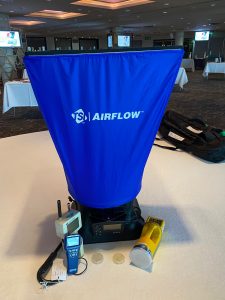
Air quality action plan (AQAP)
Public health can badly suffer if air quality assessments don’t take place in a regular manner. Members of the public can be at a physical risk (depending on pollution) and anyone visiting certain areas will most certainly be put off.
A lot of people don’t realise, but the culture of a city can be affected by contaminated air. Landmarks that the locals love can be damaged, like cathedrals/museums/statues for example.
But, all is not lost, because local authorities can introduce an Air Quality Action plan (AQAP) to help to combat these kind of scenarios.
You may be questioning what this is? If you are, that’s not to worry. It basically involves measures being put into place to ensure air quality is at its optimal level and assigning people to implement these.
Lowering emissions is a huge step towards improving air quality. This is achieved by lowering the amount of people driving cars independently. By persuading more members of the public to catch buses/trains and trams (or even to cycle!) the air around them will benefit.
An in-depth well thought out strategy needs to be created after lots of discussion. It needs to be multi-faceted and as far away from being one dimensional as possibl, which can be done with our expert advice.
If you have any questions on your ductwork or ventilation systems or are not sure what you need to do to maintain safe, clean and efficient systems, do not hesitate to contact us. We can provide a full review of the air quality and improvements that can be made, and decrease/rid the amount of air pollutants.
Talk to us today about your air hygiene requirements
We work in a variety of industries

Education

Hospitality

Facilities Management

Government Buildings






